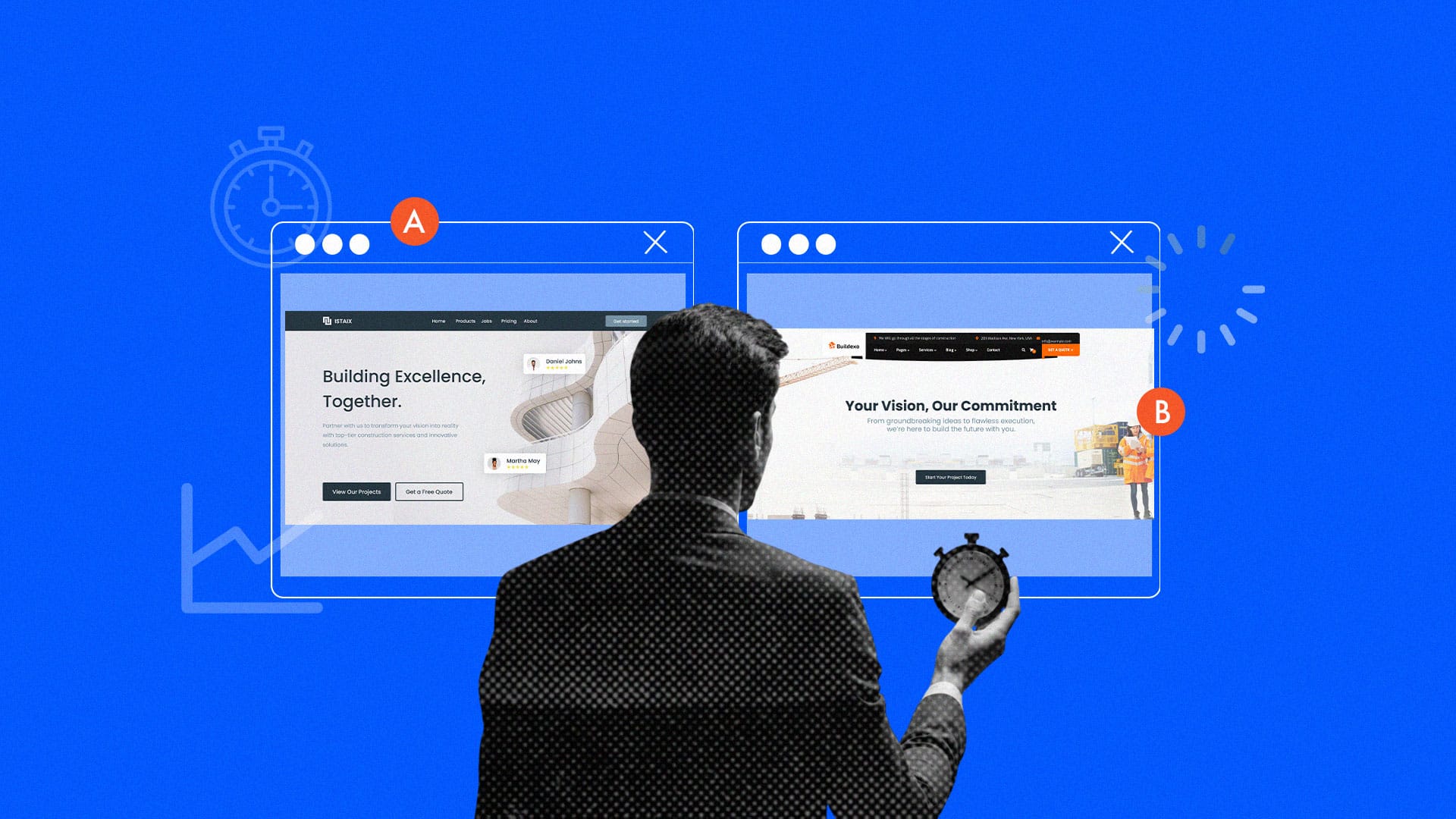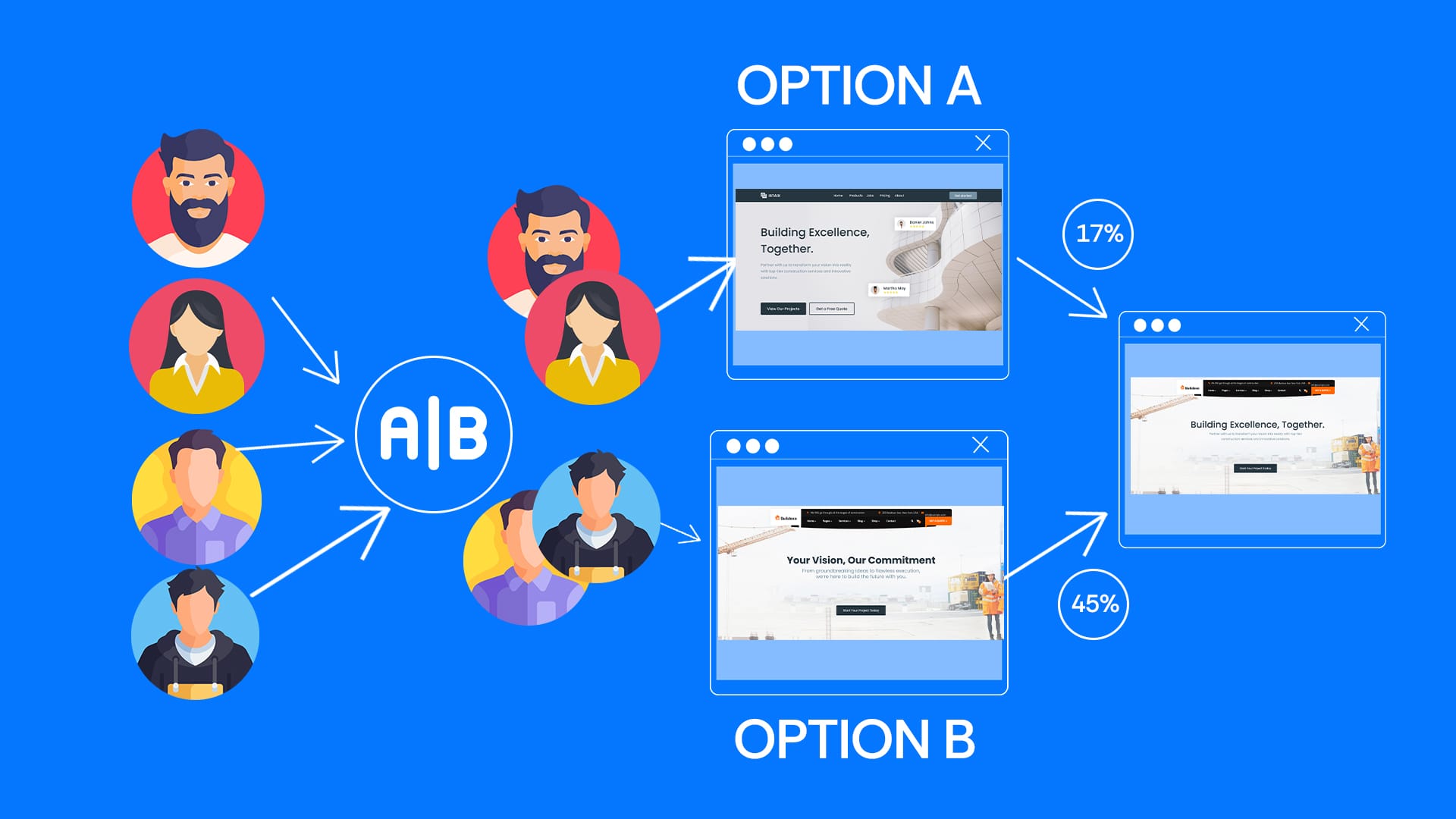Want to increase sales by up to 40%? Focus on your customer journey.
A customer journey covers every interaction someone has with your brand – from first discovery to becoming a loyal customer. Optimizing these touchpoints can lead to higher satisfaction, better conversions, and more revenue. Here’s what you need to know:
- Customer Journey Mapping: Break down the journey into five stages – Awareness, Consideration, Conversion, Retention, and Loyalty. Use maps to spot gaps and improve experiences.
- Data and AI Tools: Analyze customer behavior (like website navigation and purchase patterns) using advanced tools like heatmaps, CDPs, and AI for real-time personalization.
- Personalization and Testing: Tailor experiences for different customer segments and test improvements regularly to refine results.
Creating Customer Journey Maps
Basics of Journey Mapping
Customer journey mapping is a way to visually outline every interaction customers have with your brand – from the moment they first hear about you to their experiences after making a purchase. It brings together the pre-purchase phase (the buyer journey) and the post-purchase phase (the user journey) into a single, clear picture of customer experiences.
A good journey map includes five main phases:
- Awareness: How customers come across your brand
- Consideration: Their process of researching and evaluating options
- Conversion: The decision to make a purchase
- Retention: Continued use of your product or service
- Brand Loyalty: Building a long-term relationship
How to Build a Journey Map
Follow this process to create effective journey maps:
| Stage | Key Activities | Expected Outcomes |
|---|---|---|
| Planning | Define objectives and KPIs | Clear goals and measurement criteria |
| Research | Gather customer feedback and data | Insights into customer pain points |
| Mapping | Identify and map touchpoints | A clear visual of the customer journey |
| Analysis | Refine touchpoints | Highlight areas for improvement |
When mapping, focus on these core elements:
- Customer Actions: What customers do at each stage of their journey
- Customer Thoughts: Their emotions and factors influencing decisions
- Brand Touchpoints: Points of interaction with your brand
- Missed Opportunities: Gaps or weak spots in the current experience
Impact on Business Results
Creating strong customer journey maps can lead to measurable business improvements, such as a 15% boost in average order value.
To get the most out of journey mapping, businesses should:
- Automate Data Collection: Use tools to collect real-time customer feedback
- Develop Multiple Maps: Tailor maps for different customer segments
- Share Insights: Ensure the entire team understands and applies the findings
These maps provide a foundation for analyzing customer behavior and improving conversion rates.
Using Customer Behavior Data
Types of Behavior Data
Customer behavior data comes in different forms, each offering insights into how users interact with your business. Key types include:
- Navigation Patterns: How users move through your website pages
- Engagement Actions: Metrics like time spent on pages, scroll depth, and content clicks
- Purchase Behaviors: Actions such as cart additions, abandonments, and completed purchases
- Communication Preferences: Data from email opens, click-through rates, and response trends
These insights help track customer engagement and pinpoint areas where users might face challenges.
Important Data Points to Track
To measure engagement and conversion success, keep an eye on these important metrics:
| Metric Category | Key Data Point | Target Range |
|---|---|---|
| Website Engagement | Bounce Rate | 26–40% |
| Email Performance | Open Rate | 21.33% |
If your bounce rate is over 40%, it could indicate issues like irrelevant content or slow page loading times.
Tools for Data Analysis
- Behavioral Analytics Tools: These help track digital interactions through features like session recordings, heatmaps, funnel visualizations, and user flow mapping. Ensure you implement them with clear consent and strong data protection measures.
- Customer Data Platforms (CDPs): These platforms unify data from various channels to create detailed customer profiles. They allow you to deliver personalized experiences while upholding data portability rights and privacy standards.
- Attribution Analysis: Multi-touch attribution tools can identify which touchpoints lead to conversions. By analyzing user interactions across channels, you can find high-value customer segments while respecting privacy preferences.
AI Tools for Journey Analysis
AI in Customer Analysis
AI technology takes journey mapping to the next level by processing large datasets from various customer touchpoints. It uncovers critical insights, such as:
- Patterns in how customers navigate
- Times of peak engagement
- Common points where users drop off
- Interactions across multiple channels
Current AI Solutions
AI tools combine machine learning and behavioral analytics to predict customer behavior and tailor experiences. Here’s a breakdown of key features:
| Feature | Purpose | Impact |
|---|---|---|
| Predictive Analytics | Anticipates future customer actions | Reduces friction in the buying process |
| Real-time Personalization | Instantly customizes experiences | Boosts engagement and conversions |
| Auto-Segmentation | Groups customers based on behavior | Increases targeting accuracy |
| Journey Optimization | Identifies and fixes friction points | Lowers bounce rates |
Results from AI Implementation
Guided by Email Marketing Manager Sarah Chen, a recent project delivered impressive results:
- Email bounce rate dropped from 12.3% to 2.1%
- Email deliverability improved by 34%
- Generated an additional $2.3M in revenue within 60 days
Studies reveal that companies using AI for journey mapping are twice as likely to enhance customer experiences. To succeed, businesses need clear AI goals, relevant data integration, tools that align with existing systems, and ongoing performance reviews.
Frequent testing ensures AI systems adapt to evolving customer behaviors, helping businesses stay ahead of changes while maintaining strong conversion rates. These insights pave the way for even more personalized and efficient customer journeys.
sbb-itb-22854bb
Methods to Improve Customer Journeys
Personalizing Customer Experience
Personalization is key to boosting sales – 80% of customers favor brands that offer tailored experiences. By analyzing customer data, you can deliver targeted messaging, dynamic content, and predictive analytics that keep users engaged. On top of personalization, connecting every interaction point ensures a stronger overall experience.
Connecting All Customer Touchpoints
Integrating communication across channels creates consistency and aligns with customer preferences. This approach can lead to up to 20% higher satisfaction rates and 30% better conversion rates.
Some effective strategies include:
- Data Integration: Merge data from all channels to create unified customer profiles.
- Cross-Channel Messaging: Ensure consistent communication across platforms like email, social media, and websites.
- Real-Time Response: Offer timely and relevant interactions based on customer behavior.
Testing and Improving Results
Testing is essential to fine-tune the customer journey. For example, PlaceMakers identified and fixed a UI issue using session replay analysis, doubling their sales in the process.
Key testing methods include:
- Collecting data through surveys, social media, and interviews.
- Running A/B tests on different journey elements.
- Monitoring metrics like conversion rates and satisfaction scores.
Regular testing helps refine interactions, leading to smoother customer journeys, higher marketing ROI, and improved retention – up to 10% and 2%, respectively.
A Deeper Dive Into AI-Powered Journey Mapping
Conclusion
Improving customer journeys plays a key role in driving business success. Research shows that well-optimized journeys lead to higher customer satisfaction, better conversion rates, and increased order values.
Companies using advanced analytics tools have reported up to 54% higher marketing ROI, resulting in noticeable revenue growth. These measurable outcomes highlight the value of focusing on the customer experience:
"Customer journey optimization is invaluable for boosting satisfaction, differentiation, and revenues. While challenging, taking a strategic, customer-centric approach, combined with the right tools, data, and culture, ignites sustainable growth by multiplying customer lifetime value." – Emilia Korczynska, Head of Marketing
Real-world examples back this up. Vodafone reduced customer churn by 40%, and Bank of America saw a 49% increase in mobile deposits – both achieved with a data-driven approach. These cases demonstrate how focusing on the customer journey can lead to major improvements.
Success in this area comes down to three core elements:
- Collecting Data Across All Touchpoints: Understand every interaction your customer has with your brand.
- Using Advanced Analytics: Apply tools like AI and machine learning to uncover deeper insights.
- Ongoing Refinements: Continuously improve based on performance data.



